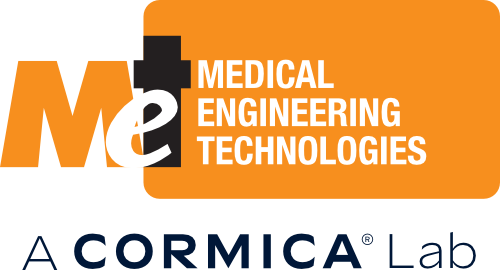Packaging validation questions
What testing is required to validate medical device packaging?
Sterile barrier packaging for medical devices must be validated according to ISO 11607.
The material specification is usually taken care of by the producers and converters. That leaves three main areas for medical device manufacturers to attend to. There are production validation, stability (shelf life) validation and resistance to transit validation damage. In all of the these areas the key tests are conducted on packaging seal strength and integrity.
What is accelerated ageing for medical devices?
Accelerated ageing is used to avoid lengthy waiting periods before a product can be approved for marketing. A calculator is available here. The MDR makes provision for testing devices and packaging aged this way whilst waiting for results from naturally aged samples. It is necessary to demonstrate that medical devices are safe and effective throughout allowed storage and periods of use. This can be done using rapidly aged samples and later confirmed using ‘real time aged’ material.
What is the best temperature for accelerated aging of medical devices?
ASTM F1980 is generally used as a guide to ageing times and temperatures. It allows a range of temperatures to be used to speed up ageing according to project urgency and the nature of the product. The goal is to accelerate chemical and physical changes, but without inducing any changes that would not occur at normal storage temperatures. A very commonly used temperature is 55°C. When compared to a normal temperature of 25°C this delivers an 8 fold increase in the rate of decay. It usually not high enough to melt product or packaging, initiate any chemical reactions (that would not take place more slowly at 25°C), or cause other physical changes. The temperature and acceleration factor can be raised up to any point before these effects start to occur.
For example, 65°C is also usually a ‘safe’ temperature which halves the time requirement in the ageing chamber to 23 days per year of Real Time Equivalent (from 46 days at 55°C with the 25°C base temperature).
Which is the best transit simulation protocol to use for medical device packaging?
The 2019 edition of ISO 11607 lists ISTA 3A and ASTM D4169 as alternatives for transit validation. Both test regimes are intended for packages that can be handled in small parcel distribution. This is a worse case than pallet distribution and is normally the chosen direction.
What is transit simulation?
When sterile devices are distributed in the delivery chain there is significant risk of damage from vibration and impacts. Simulation is conducted to measure the effects of external impacts and internal product movement on the sterile barrier. After cartons have been subjected to atmospheric conditioning and the transport inputs, the blister or pouch packs inside are tested for seal strength and integrity.
